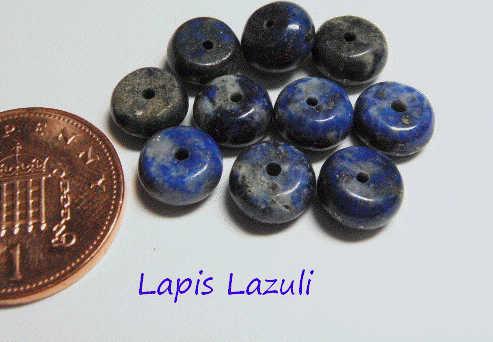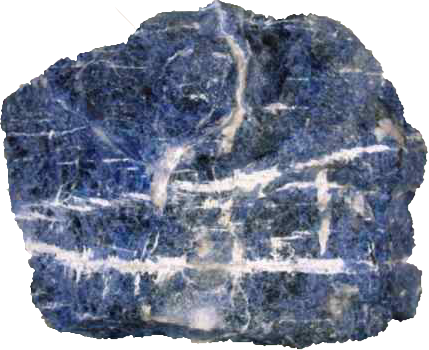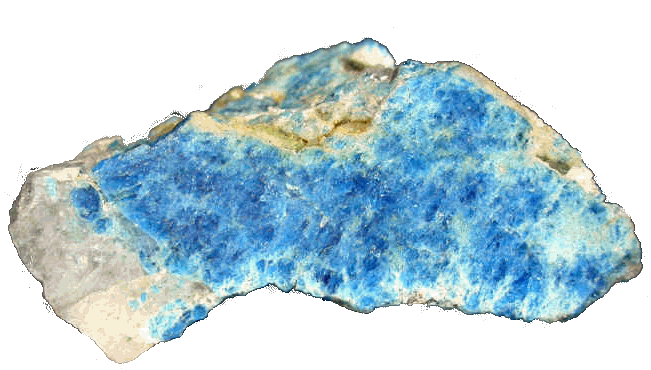
Lapis lazuli
Lapis lazuli items have been found in the tombs of the ancient world, it comprises of lazurite, sodalite, hauyne, calcite and pyrite.
Available in various shades of blue, from "denim" - "midnight sky". From the Latin lapis (stone) and Persian lazhuward (blue).
First, and famously, mined in Sar-e-sang, Afghanistan, more than 6000 years ago, it is now also mined in Siberia and Chile.
Pliny the Elder described it as:
Worn on the breast-plate of Aaron, the Hebrew High Priest and brother of Moses, this stone was ground to a powder to make a paste for the Renaissance artists paints, the Romans used it as a powder for an aphrodisiac.
One of the stones for the month of September, along with blue sapphire.
In the Middle Ages it was thought to keep limbs healthy and dispel fear, Blue has been worth throughout history for protection.
Lapis lazuli is thought to enhance dreams, release stress, bringing deep peace, clarity, creativity and harmony. Lazulite is the stone which gives lapis lazuli its colour.

Sodalite
Sodalite is one of the main components of lapis lazuli and is itself often shot through with calcite.
Appearing varying intensities of blue, sodalite is formed when water rich in sodium chloride, i.e. sea water, penetrates rocks high in aluminium silicate.
Crystals are rare but do occur, the colourless sodalite "hackmanite" turns red with exposure to UV light and then fades to pink.
Known to man for thousands of years, it has been accredited the powers as a physical healer, calming and clearing the mind of confusion and enhancing communication.

Lazulite
A large component of lapis lazuli, in a variety of blues. Sometimes mottled and often intergrown. The name comes from the Arabic for "heaven".| Latest Trends | Ordering Information | debbie@silkpixie.com | Delivery & Returns |


